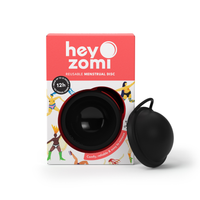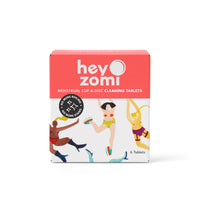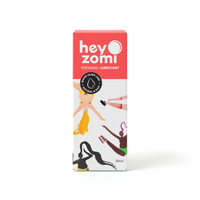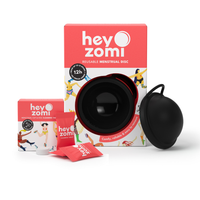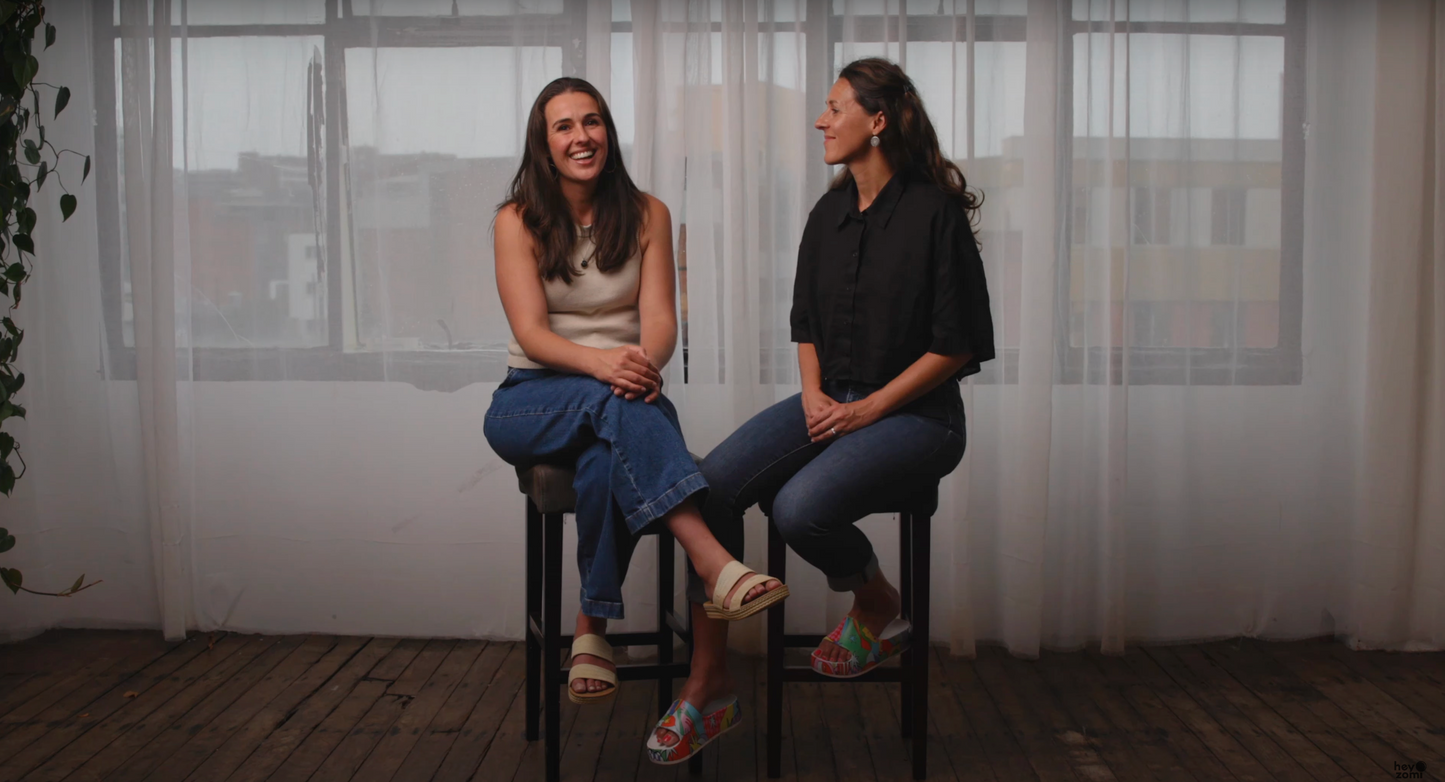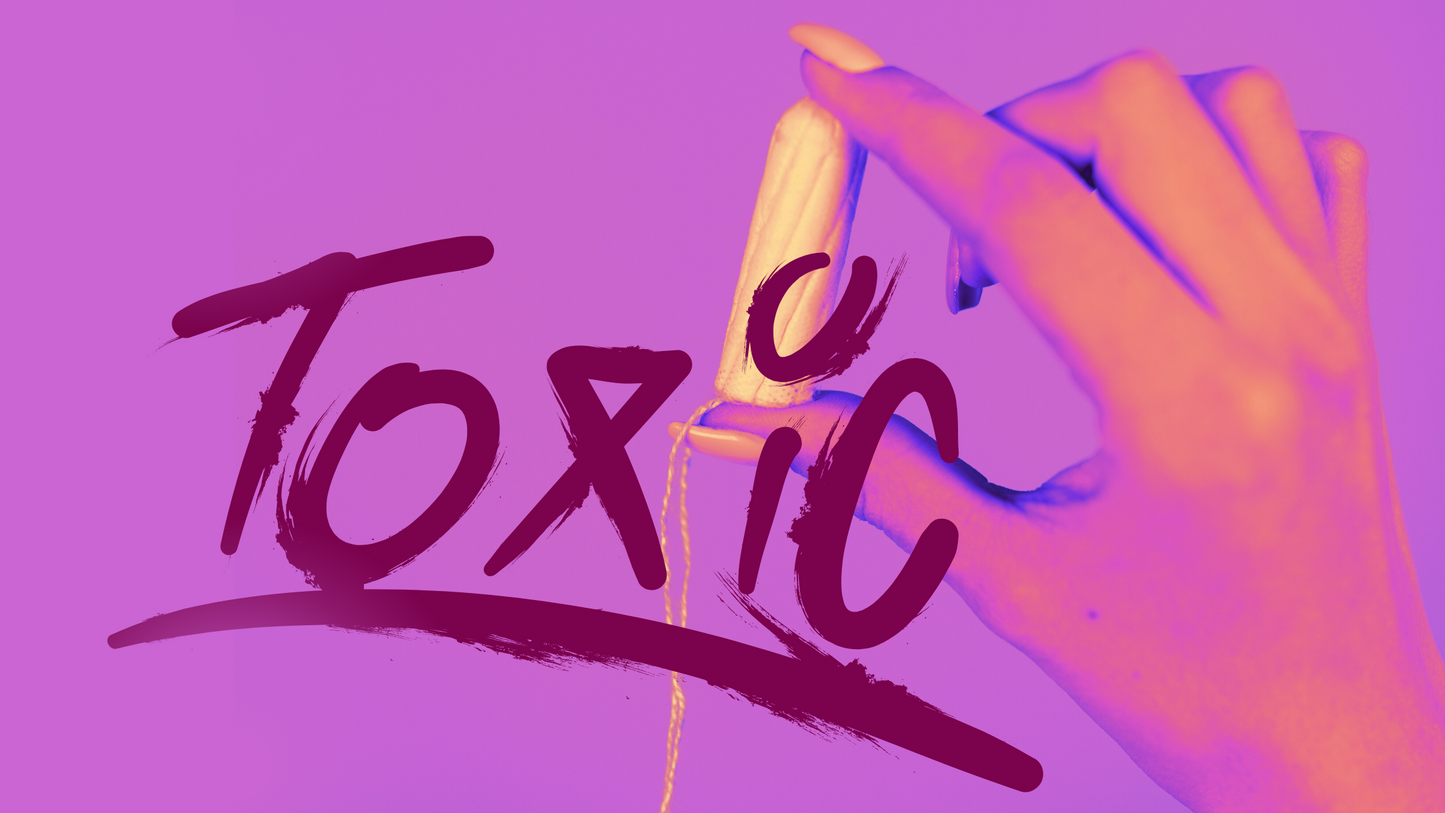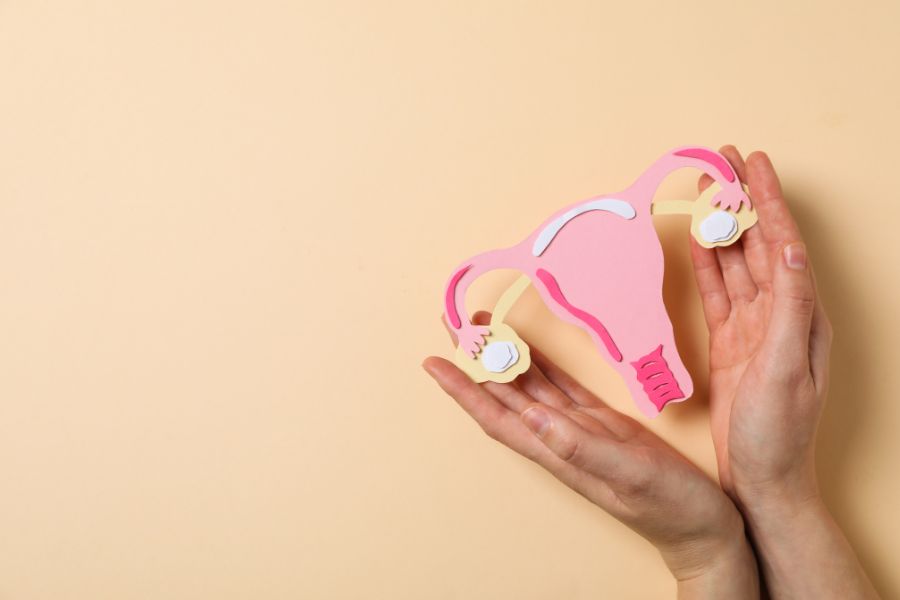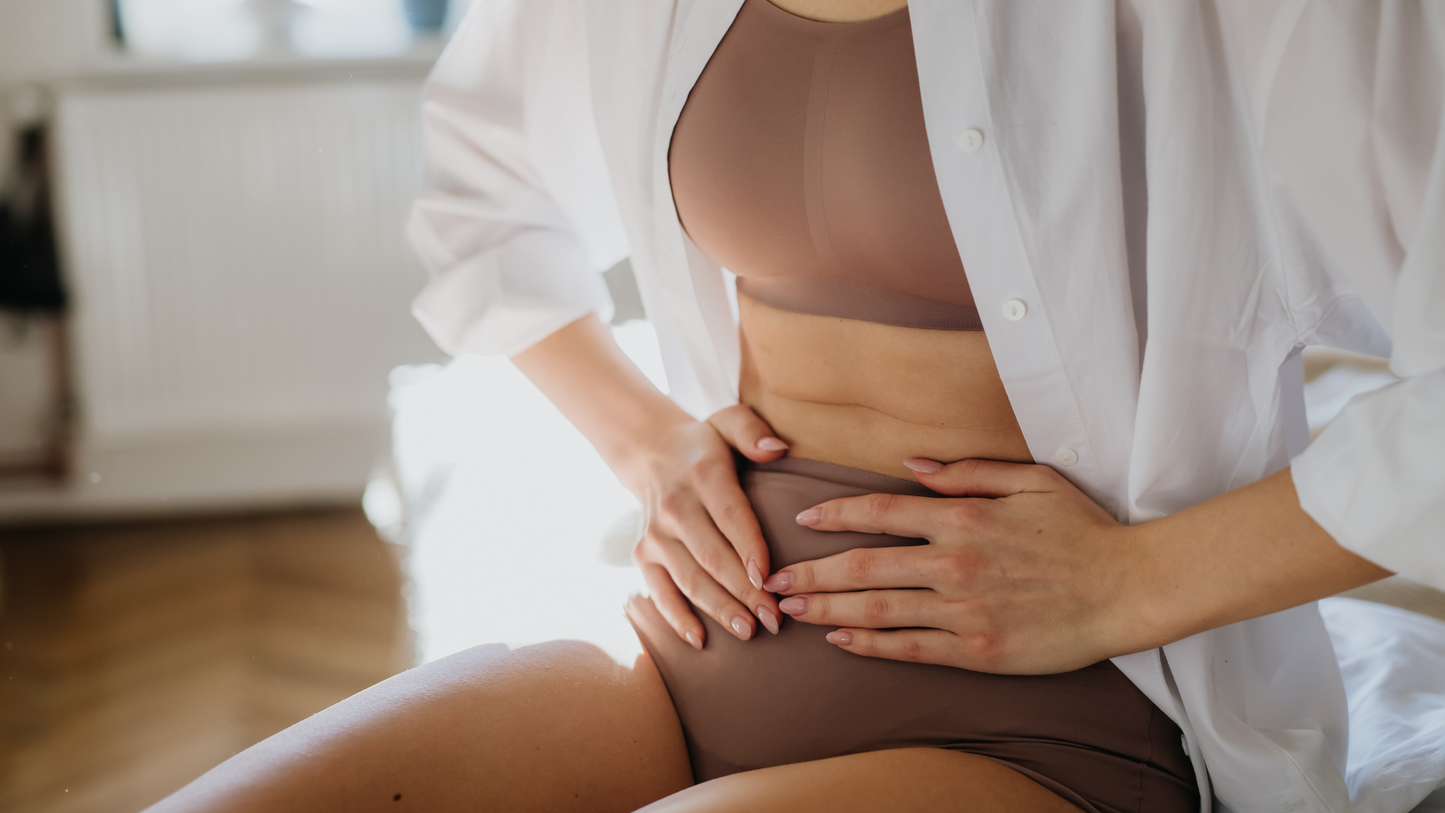
Period cramps are one of the most common - and often most dreaded - parts of getting your period. These can range from a dull ache to sharp, debilitating pain in the pelvic region that affects daily life.
But what if your choice of period product could help ease that discomfort?
Let’s explore how the products you use may be influencing the period pain you experience.
What causes period cramps?
There are two types of period pain¹:
-
Primary Dysmenorrhoea
This is the most common type of period pain and is caused by natural chemical changes in the body. It usually starts a day or two before bleeding begins and can last for a few days. The pain is caused by prostaglandins—hormone-like substances that make the uterus contract to shed its lining. -
Secondary Dysmenorrhoea
This type of pain is usually more intense and can be linked to an underlying reproductive health condition like endometriosis, fibroids, or pelvic inflammatory disease. It tends to get worse over time and may not ease with typical pain relief methods.
Period cramps happen when the muscles of your uterus contract to help shed its lining, a normal part of your menstrual cycle. These contractions are triggered by prostaglandins, hormone-like chemicals that also cause inflammation and pain. The higher your prostaglandin levels, the more intense your cramps might feel. For many people, these cramps are a natural (but annoying!) sign that your period is on its way. But if your pain is severe or getting worse over time, it could be a sign of something deeper going on, like endometriosis or fibroids - and it’s worth checking in with a healthcare provider. Either way, your pain is real and deserves to be taken seriously.
What are Prostaglandins?
Prostaglandins are hormone-like chemicals that are made by nearly every cell in your body. They’re not hormones in the traditional sense (like estrogen or progesterone), but they act like them - helping regulate things like inflammation, blood flow, blood clotting, and muscle contractions.
When it comes to your period, prostaglandins play a key role in triggering the uterine muscle to contract so your body can shed its lining. These contractions are essential for menstruation - but too many prostaglandins can cause the uterus to contract more forcefully than necessary, leading to pain and cramping. They can also reduce blood flow temporarily, which makes the pain feel sharper or more intense.
✅ You need prostaglandins to have a period.
❌ But too many = stronger cramps, nausea, even diarrhoea (because they affect smooth muscles in your digestive system too).

How might period products affect cramps?
Internal products like tampons and period cups can sometimes apply extra pressure or suction inside the vagina. They are also very firm or hard products, sitting inside one of the softness areas of our body. Menstrual discs don’t use suction and mould to your inner shape. They are ultra soft and flexible and you can’t even feel them once they are in place. A menstrual disc may offer a gentler experience on those crampy days in comparison to tampons or period cups.
What the research and experts say about cramps and menstrual products
Scientific research specifically on menstrual discs and cramp relief is still emerging, but studies and expert commentary offer useful clues.
While there’s limited formal research comparing menstrual products and their impact on cramps, some people report that menstrual discs feel more comfortable - particularly on crampy days. This could be because discs sit in the vaginal fornix (the widest part of the vag) and don’t rely on suction to stay in place.
The BBC podcast 28ish Days Later, hosted by India Rakusen, dives into the biology behind period pain in Episode 3: Pain and Prejudice, exploring how prostaglandins cause uterine contractions and why conditions like endometriosis are often missed or misunderstood³.
To understand the broader picture, Maisie Hill, author of Period Power, emphasises that period cramps are influenced by a range of factors - including stress, hormone imbalances, diet, and the nervous system. She encourages tuning into your body and tracking patterns so you can respond to what your cycle actually needs, rather than relying on a one-size-fits-all fix⁵.
And if you’re looking to take action, The Conversation highlights that nutrients like magnesium and omega‑3 fatty acids, plus gentle lifestyle changes, may help reduce inflammation and ease menstrual cramps².
Are there any menstrual disc reviews about cramping?
Many people who have used the Hey Zomi menstrual disc find that their period pain has reduced or even disappeared. Here are some firsthand menstrual disc reviews:
Melinda M. - 07/25
"After changing from a menstrual cup to a Zomi disc I am totally converted. No more cramps or discomfort during my bleed. I’m very happy with this product."
Emma - 05/25
"This disc is a game changer for me postpartum. It’s easy to insert and has reduced my period cramps to pretty much nothing when they used to be excruciating."
Brenda - 03/25
"It just seems to feel better, less cramps, less worry about TSS, less rubbish. In two periods it literally paid for itself because I didn’t need to buy more tampons."
MJ - 02/25
"Honestly didn’t think I’d like it this much... It just seems to feel better - less cramps…"

How to reduce period cramps
Here are some pro tips to help you stay comfortable:
Apply heat: A heat pack to your abdomen or lower back can ease muscle spasms or intense period pain.
Use water-based lubricant: When using a period cup or menstrual disc, apply some lube onto the product before inserting it, to reduce resistance - especially to help your disc comfortably glide inside the vagina, which could be more swollen or sensitive when you are cramping on your period.
Check your insertion angle when using a menstrual disc: Aim the disc back toward your tailbone so it sits comfortably in the vaginal fornix, tucked behind the pubic bone and cupping your cervix fully.
Move gently: Light yoga, walking, or stretching can increase blood flow and reduce tension within the pelvic region.
Nutrition & hydration: Include magnesium-rich foods (nuts, seeds), omega‑3s (salmon, chia), and leafy greens - all shown to reduce inflammation.
While menstrual discs won’t eliminate cramps for everyone, some users do find their period pain is less intense after switching to a Hey Zomi disc.
The fact that a menstrual disc is positioned differently inside the body compared to tampons and period cups, no suction, and designed to work with your body, ensures comfy, leak-free period care every cycle.
As always, listen to your body. If cramps are severe or progressively worse, talk with a healthcare professional. You deserve relief - and better results are possible. 💗
Curious whether a disc could work for you or someone you know?
Explore Hey Zomi for leak-free, planet-friendly comfort with every cycle.
This blog is for general information and is not medical advice. Please consult a qualified healthcare professional for advice and support if you are experiencing period pain beyond what is tolerable.
